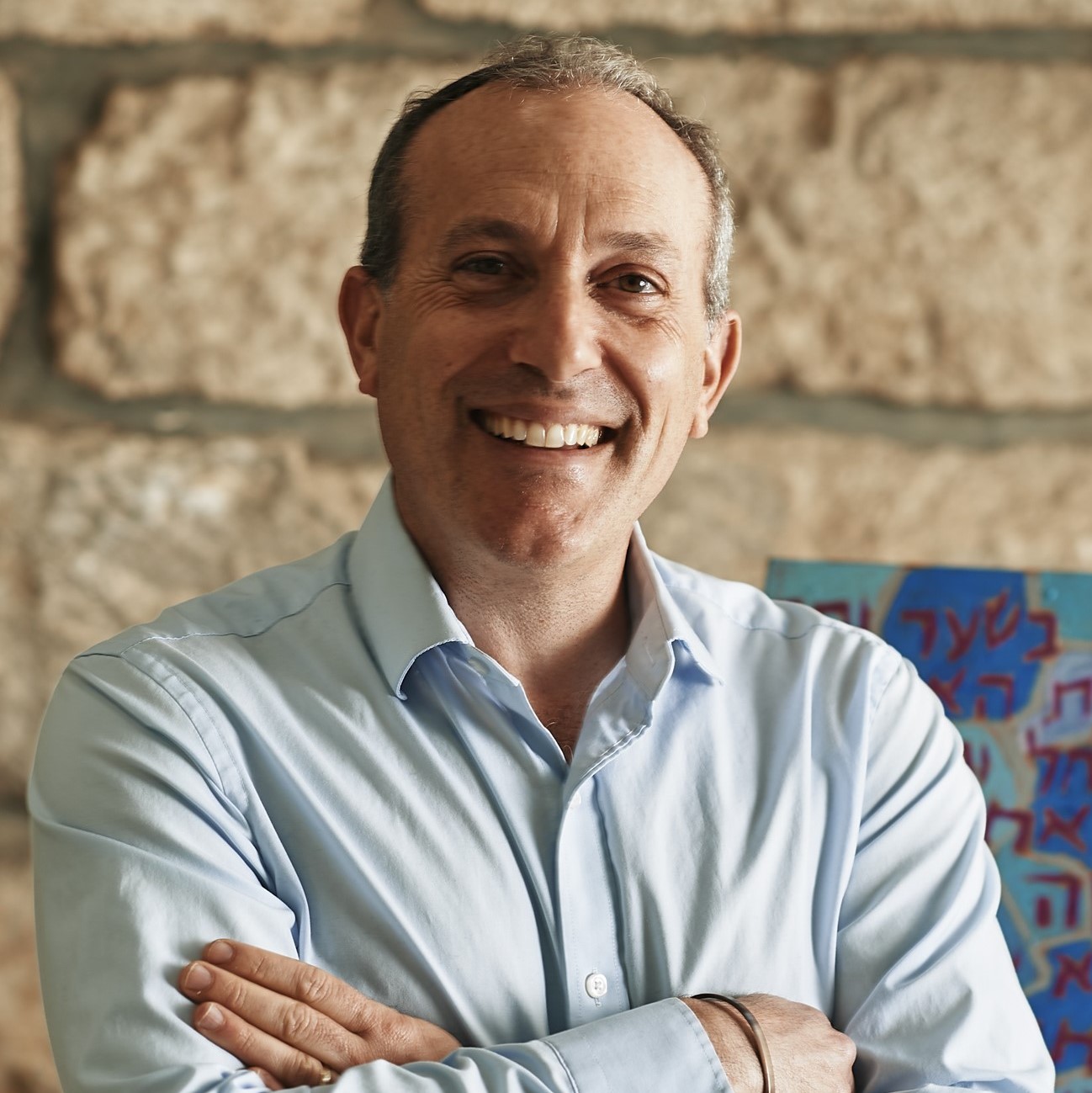Creation and Creativity

When you sit down to center a piece of clay on the wheel, the first thing you must do is ‘center’ yourself — take a deep breath, let go of all extraneous thoughts, surrender control. You cannot force the clay into position with your hands or arms; rather, the message must emanate from your intellectual and emotional faculties: be quiet, be centered, be calm. To this, the clay responds.
In Parashat Ki Tissa, God appoints Bezalel chief craftsman in charge of the Tabernacle and its appurtenances. He is to create the Tent of Meeting, the Ark, the table and altar and their utensils, the laver, the sacral garments of Aaron and the priests, the annointing oil and incense for the sanctuary. Moses transmits God’s instructions, but Bezalel carries them out. Yet Bezalel is not simply a skilled worker. The beauty of his work begins before he ever picks up the copper, gold, wood or gems, with “ruach elohim behokhma, uvitvunah uvedaat uv’khol melakha” with a divine spirit of skill, ability and knowledge, in every craft” (Exodus 31:3). “Bezalel” means “in the shadow of God” or “In God’s image.” Ramban (Spain, 1194—1270) elaborates on what was truly so remarkable about Bezalel. First, while the Israelites knew only how to work with the brick and mortar they had known in Egypt, Bezalel could create from silver and gold, work with gemstones, carve wood and weave colorful cloth. Secondly, he understood not only the material form the Tabernacle vessels but the essence and importance of their function. He possessed learned knowledge, deductive reasoning and intuition (hochma, binah and daat). Finally, amidrash tells us that Bezalel could combine the letters with which the heavens and earth were created — meaning that he employed not only primal raw materials but some of the divine secrets of creation.
Truly, creating is the most Godly act we can perform. It is no coincidence, then, that Nehama Leibowitz points out the parallels between the Creation story (Genesis 2) and the completion of the Tabernacle (Exodus 39:32 — 40:33). On the seventh day, God “finishes” the work of creation (vayikhal Elohim bayom hashvii melakhto asher asah). Moses is shown the design of the Tabernacle on the seventh day in the cloud, and Moses later “finishes” the building of the mishkan (vayikhal Moshe et hamelakha). God surveys his handiwork and declares it “very good” and Moses sees what he has done and is very pleased. God blesses the seventh day (vayivarekh Elohim et yom hashvii); Moses blesses the people (vayivarekh otam Moshe).
Bezalel represents those who dedicate their careers to art, as well as the creative tendency in all of us. So many of us smother this flame for fear of criticism or rejection. Yet by doing so they cut off a source and a purpose of their own life—force. Focusing in the results of the project sometimes misses the point — you may simply enjoy mixing the paints, scribbling in your diary, or designing a webpage.
The 19th century painter F. W. Watts proclaimed: “My intention has not been so much to paint pictures that will charm the eye as to suggest great thoughts that will appeal to the imagination and the heart, and kindle all that is best and noblest in humanity.” Bezalel created a building that would not house God’s presence, but inspire people to make the time and quiet space to reach out to the Presence of God which fills the world (Sefer ha—hinukh).
May we learn to nurture and honor our creative pursuits for their spiritual as well as their artistic potential— from singing in the shower to decorating a colorful salad, from arranging flowers in a vase to enrolling in an art class. Creativity is a gift not to be wasted.
The publication and distribution of “A Taste of Torah” commentary have been made possible by a generous gift from Sam and Marilee Susi.



